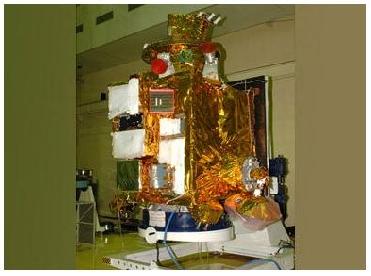
India's first unmanned lunar probe Chandrayaan - I. Courtesy: ISRO
NEW DELHI (BNS): To avoid heat-related problems, Chandrayaan-2�s thermal design will be improved to withstand more than 100 degrees Celsius, ISRO director T K Alex has said.
The second unmanned lunar exploration mission proposed by the Indian Space Research Organisation (ISRO) Chandrayaan-2 is slated for lift off in 2013 from Sriharikota. BARC is collaborating with ISRO to strengthen the radiation shield of the spacecraft, a TOI report said Monday.
ISRO had terminated the Chandrayaan-I mission last month with the space agency failing to establish radio contact with the craft.
The daily said, contrary to ISRO�s explanation that Chandrayaan � I orbit around the Moon had been raised from 100km to 200km in May this year for a better view of the Moon's surface, it is now known that this was because of a miscalculation of the Moon's temperature that had led to faulty thermal protection.
�We assumed that the temperature at 100km above the Moon's surface would be around 75 degrees Celsius. However, it was more than 75 degrees and problems started to surface. We had to raise the orbit to 200km," said T K Alex, director, ISRO Satellite Centre, Bangalore.
Indian Space Research Organisation (ISRO) chairman Madhavan Nair has been quoted as saying that due to unforeseen radiation problems the two computers in the spacecraft controlling communication got affected resulting in the breakdown of communications. He has admitted that many of the heat-related problems were not anticipated at all, and it was definitely a learning experience.
"Keeping this in mind, Chandrayaan-2's thermal design will be strengthened to withstand more than 100 degrees Celsius," Alex told TOI on the sidelines of the recently concluded eighth international conference on low cost planetary mission conducted by the International Academy of Astronautics in Goa.
ISRO said 95 per cent of the scientific objectives of Chandrayaan-I mission have been completed. The space agency had planned to take up the remaining work (five per cent) in the next season, starting in October, so that all observations could be completed.
But the lunar mission, expected to last for two years, met with a premature end, in just over ten months, after radio communication with the craft was lost and all efforts to re-establish it failed.
 Previous Article
Previous Article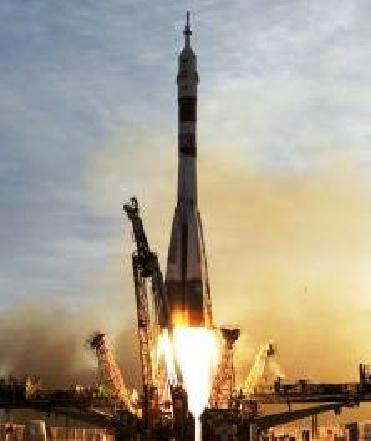 Next Article
Next Article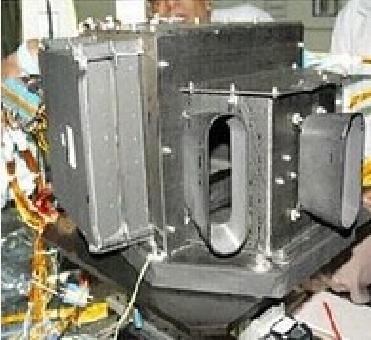
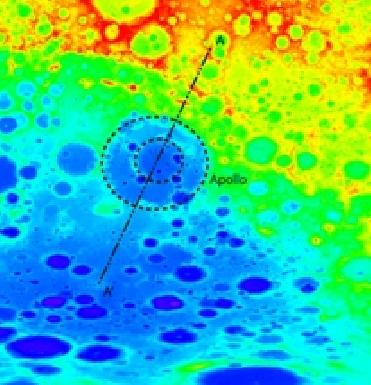

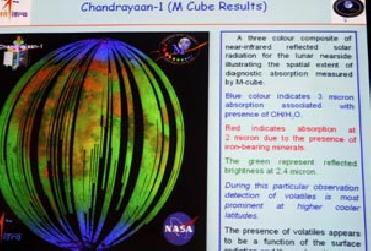










The Indian Air Force, in its flight trials evaluation report submitted before the Defence Ministry l..
view articleAn insight into the Medium Multi-Role Combat Aircraft competition...
view articleSky enthusiasts can now spot the International Space Station (ISS) commanded by Indian-American astr..
view article